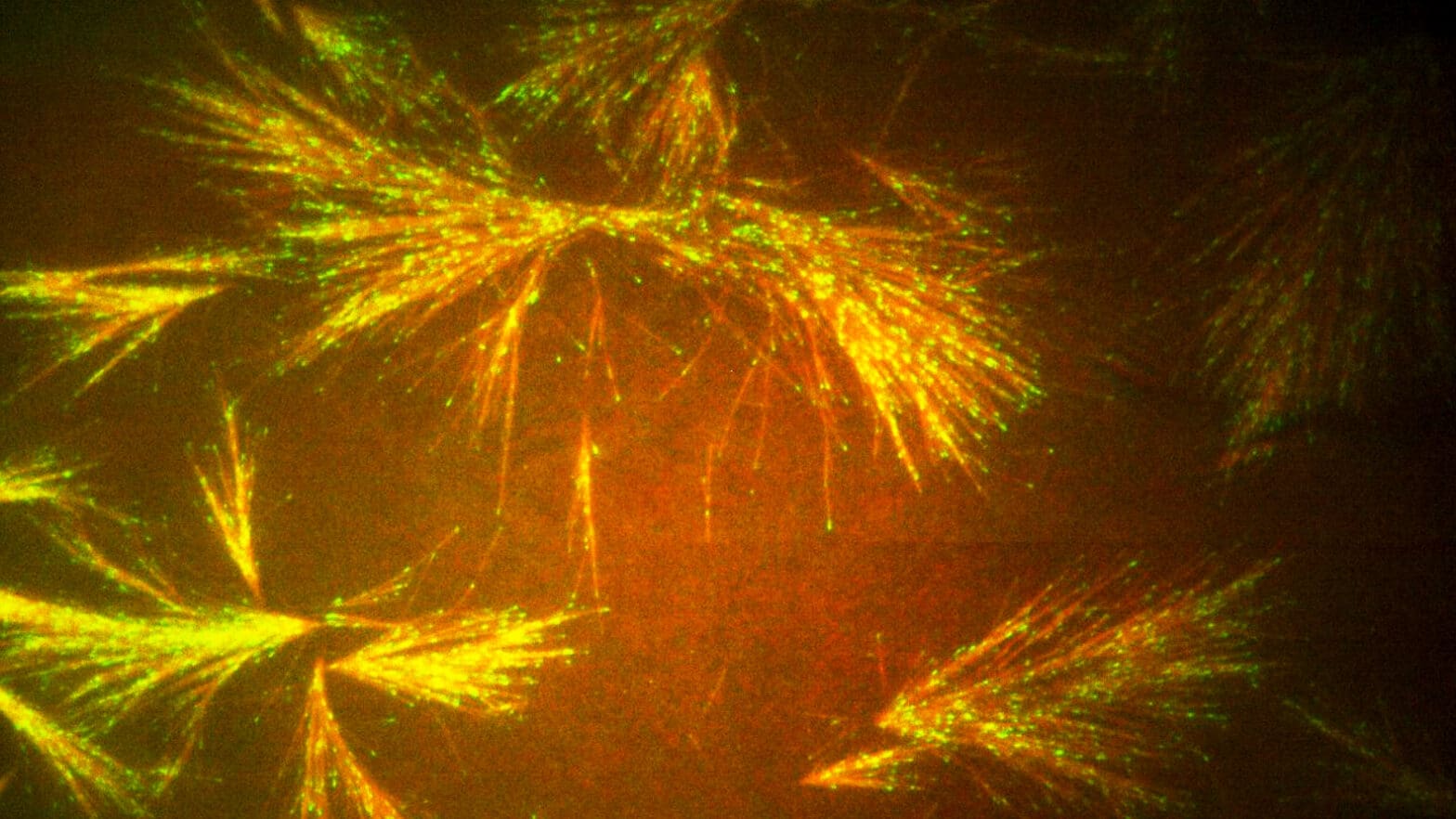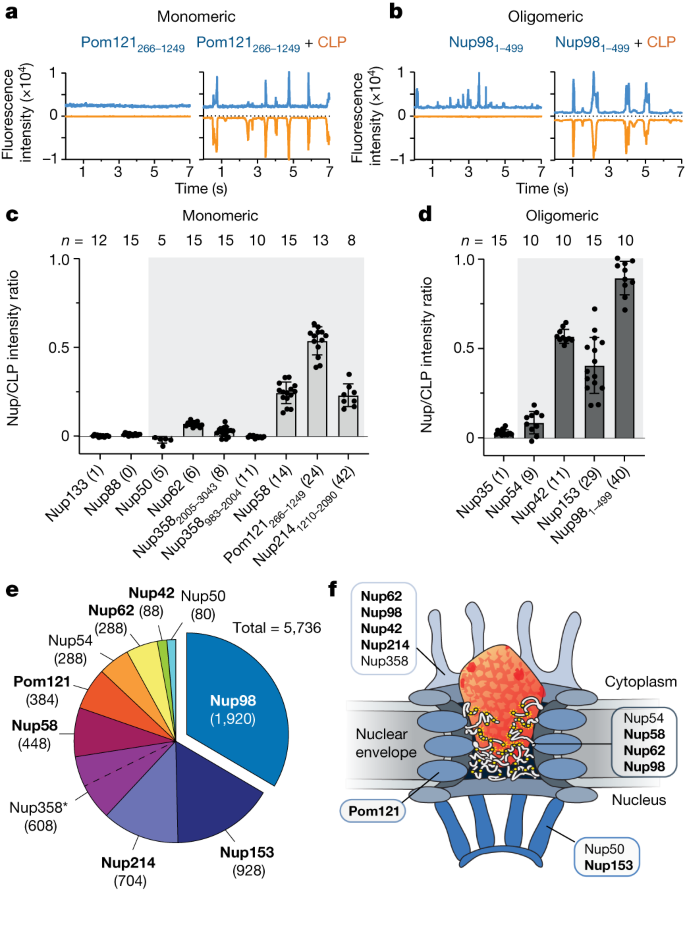2024-01-24 プリンストン大学

Cellular skeletons look like microscopic fireworks when grown in the lab. Photo by Princeton University
◆ミクロチューブリンは細胞骨格を形成し、生物学的なシステムを模倣して人工的なシステムを構築する可能性があります。この研究は、異なる分野の専門家が協力することで得られる成果の例であり、微細な物体に物理的な力を加えるツールとしての応用も検討されています。
<関連情報>
- https://engineering.princeton.edu/news/2024/01/24/cellular-scaffolding-rewired-make-microscopic-railways
- https://www.pnas.org/doi/10.1073/pnas.2315992121
分岐微小管ネットワークによるオンチップ細胞骨格回路の構築 Building on-chip cytoskeletal circuits via branched microtubule networks
Meisam Zaferani, Ryungeun Song, Sabine Petry, and Howard A. Stone
Proceedings of the National Academy of Sciences Published:January 17, 2024
DOI:https://doi.org/10.1073/pnas.2315992121
Significance
Microtubules (MTs) have essential functions within the cell, including providing a robust railroad for motor-driven cargo transport. The unique properties of MTs have stimulated attempts to harness these characteristics for targeted delivery of molecular complexes, novel material design, and developing nanotechnologies with precision comparable to living organisms. However, previous efforts mainly focused on MTs with fixed length and layout and no controlled MT generation, setting a limit on designing MT architecture. In this study, we integrated nanofabrication with MT branching reactions borrowed directly from the cell’s toolkit to construct cytoskeletal circuits and generate MT architectures from scratch. That is, our system enables control over MT growth and autocatalytic nucleation on a microfluidic chip with micro/nanostructures patterned within.
Abstract
Controllable platforms to engineer robust cytoskeletal scaffolds have the potential to create novel on-chip nanotechnologies. Inspired by axons, we combined the branching microtubule (MT) nucleation pathway with microfabrication to develop “cytoskeletal circuits.” This active matter platform allows control over the adaptive self-organization of uniformly polarized MT arrays via geometric features of microstructures designed within a microfluidic confinement. We build and characterize basic elements, including turns and divisions, as well as complex regulatory elements, such as biased division and MT diodes, to construct various MT architectures on a chip. Our platform could be used in diverse applications, ranging from efficient on-chip molecular transport to mechanical nano-actuators. Further, cytoskeletal circuits can serve as a tool to study how the physical environment contributes to MT architecture in living cells.


